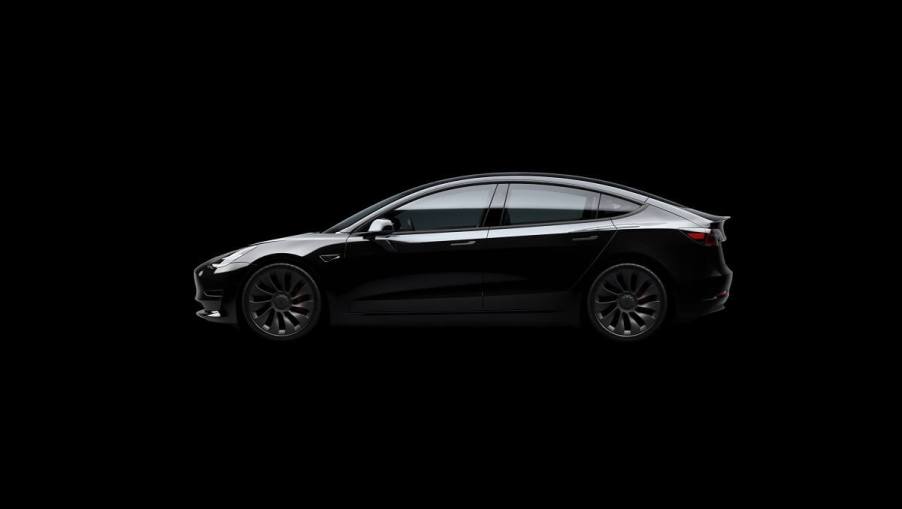
Tesla Model 3 Vs. Tree: the Grudge Match Continues
The Tesla Model 3 is the electric vehicle marque’s cheapest offering, but it’s not quite a compromise. For instance, the baby Tesla’s safety scores and crashworthiness credentials are outstanding. So much so that the Model 3 has a track record of protecting its occupants from felled trees. Read about the latest tree versus Tesla roof grudge match and how the Model 3 performed under pressure.
What happens if a tree falls on a Tesla Model 3?
A recent storm in California resulted in many damaged or dead trees falling on cars and homes. In one instance, a large tree fell on a Tesla Model 3 in Portola Valley, California, resulting in a crash that severely damaged the Tesla EV. However, the Model 3’s roof and windshield structure protected the occupants from a powerful impact.
It wasn’t a small tree either; a glance at the San Mateo County Sheriff’s Office Twitter picture confirms that this was a tall, heavy tree felled by a powerful storm. If the EV’s performance in the incident isn’t enough of a takeaway, drivers should avoid weather conditions like the storm in Portola Valley at all costs.
However, this isn’t the first time a Tesla Model 3 protected occupants from a toppling tree. For example, a man in China extricated himself from his Tesla EV after a large tree uprooted itself and landed on the car. He survived the impact without serious injury, despite the sheer size and weight of the tree.

How strong is the roof on a Tesla Model 3?
One of the factors that protect occupants in a falling tree scenario is the Tesla Model 3’s deceptively strong roof structure. According to the Insurance Institute for Highway Safety (IIHS), the 2022 Model 3 can resist a peak force of 20,835 lbs to its roof for a strength-to-weight ratio of 5.85.
Moreover, the Model 3 outperforms the roof strength figures of its more expensive sibling, the Model Y. Specifically, the Model Y’s roof resists a peak force of 19,188 lbs, 1,647 less than the smaller Model 3. Moreover, the Model Y’s heavier curb weight contributes to a lower strength-to-weight ratio of 4.42.

Is the Tesla Model 3 a safe car?
In addition to segment-leading roof strength scores, the Tesla Model 3 earned a Top Safety Pick+ rating from the IIHS. The Tesla EV earned “Good” ratings in every crashworthiness category, as well as “Superior” ratings in active crash avoidance.
Moreover, the Model 3 earned a five-star safety rating from the National Highway Traffic Safety Administration (NHTSA). According to the NHTSA’s testing, the Model 3 also has a low rollover risk, just 6.60%. That resistance to rolling over is courtesy of the Tesla EV’s low center of gravity due to its heavy battery architecture.
Of course, models equipped with the Full Self-Driving system (FSD) are the subject of a recall that named over 360,000 vehicles. Owners should stay on top of any recalls, especially those related to safety.



